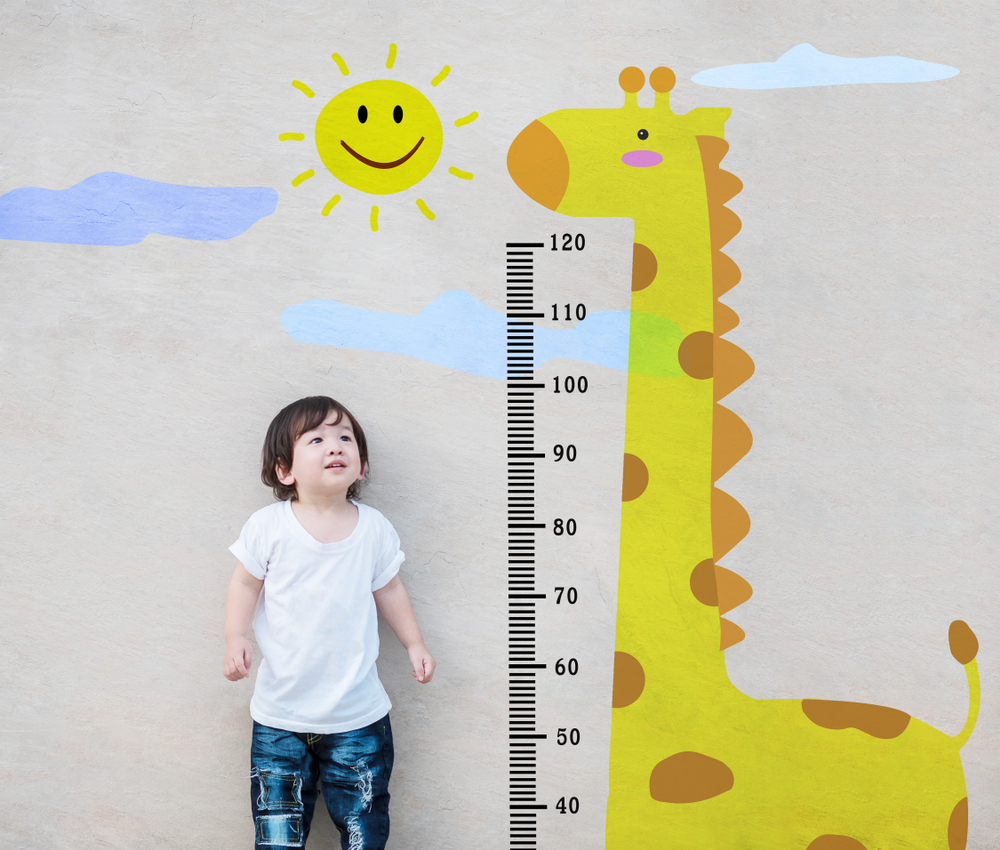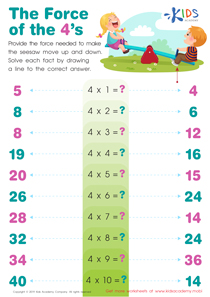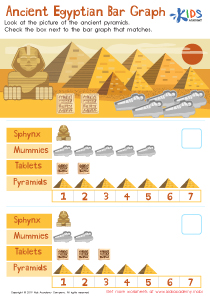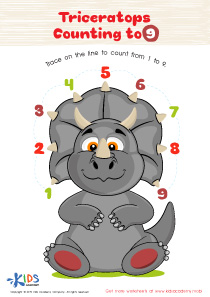Counting skills Easy Measurement Worksheets for Ages 4-7
5 filtered results
-
From - To
Enhance your child's counting skills with our Easy Measurement Worksheets designed specifically for ages 4-7. Our engaging resources provide fun, interactive exercises that promote foundational math concepts. Through colorful, captivating illustrations, children will explore various measurement techniques while practicing their counting abilities. Each worksheet focuses on real-world applications such as comparing lengths, counting objects, and understanding sizes, fostering critical thinking and problem-solving. With diverse activity types suitable for various learning styles, these worksheets make math enjoyable. Perfect for parents and educators, our resources encourage young learners to develop confidence in their counting and measurement skills, setting the stage for future success in mathematics!


Fruit Math: Picture Graphs Worksheet
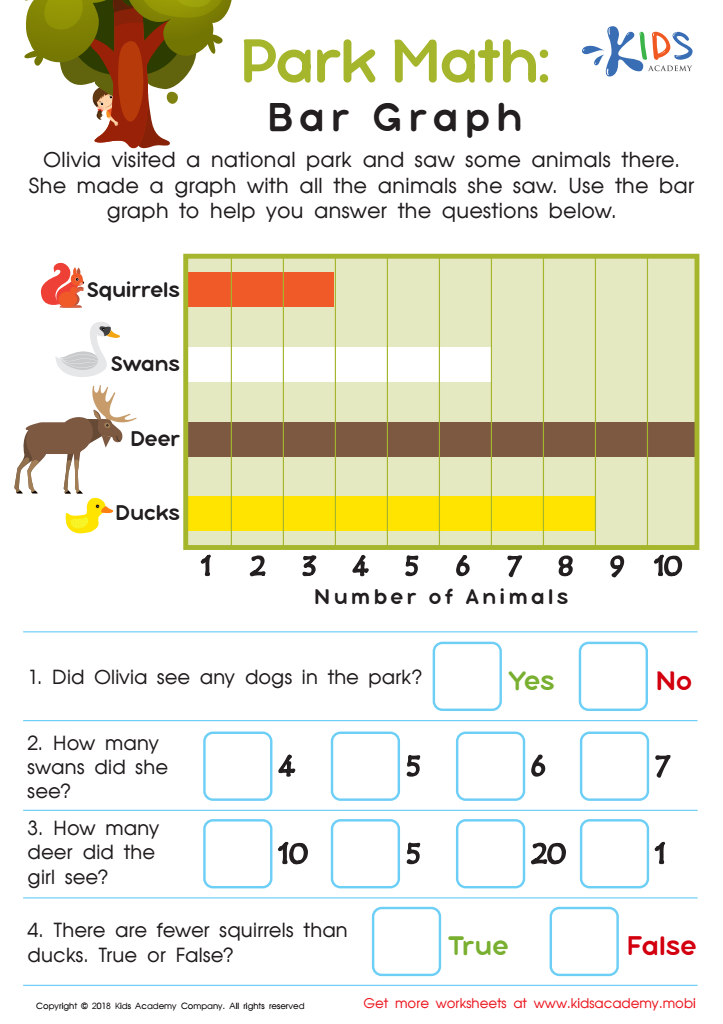

Park Math: Bar Graph Worksheet
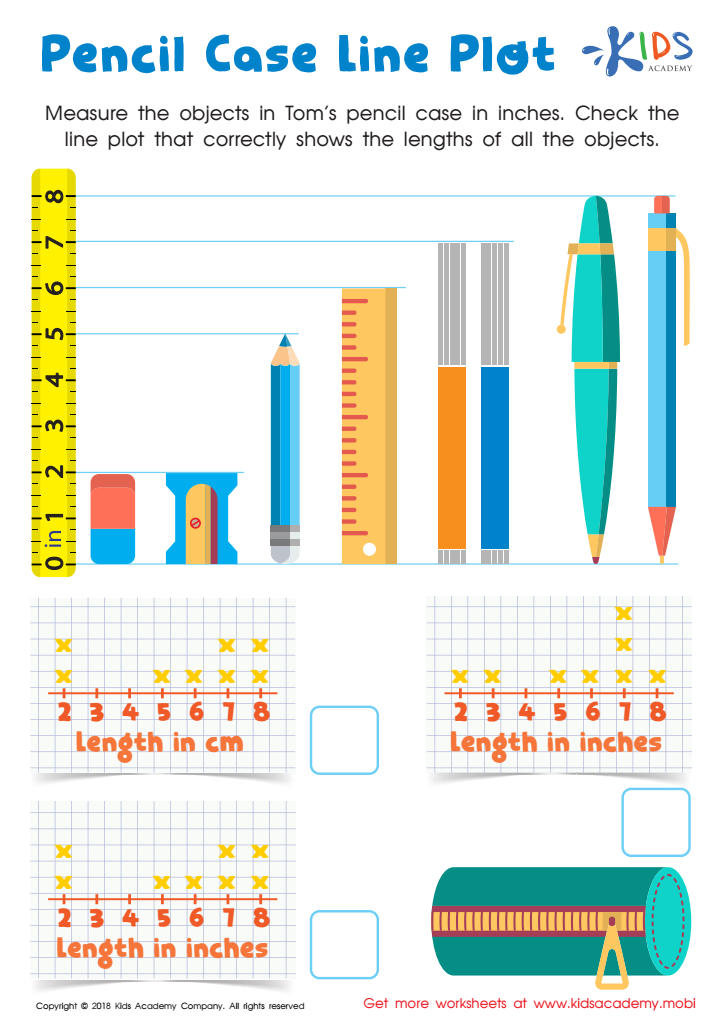

Pencil Case Line Plot Worksheet
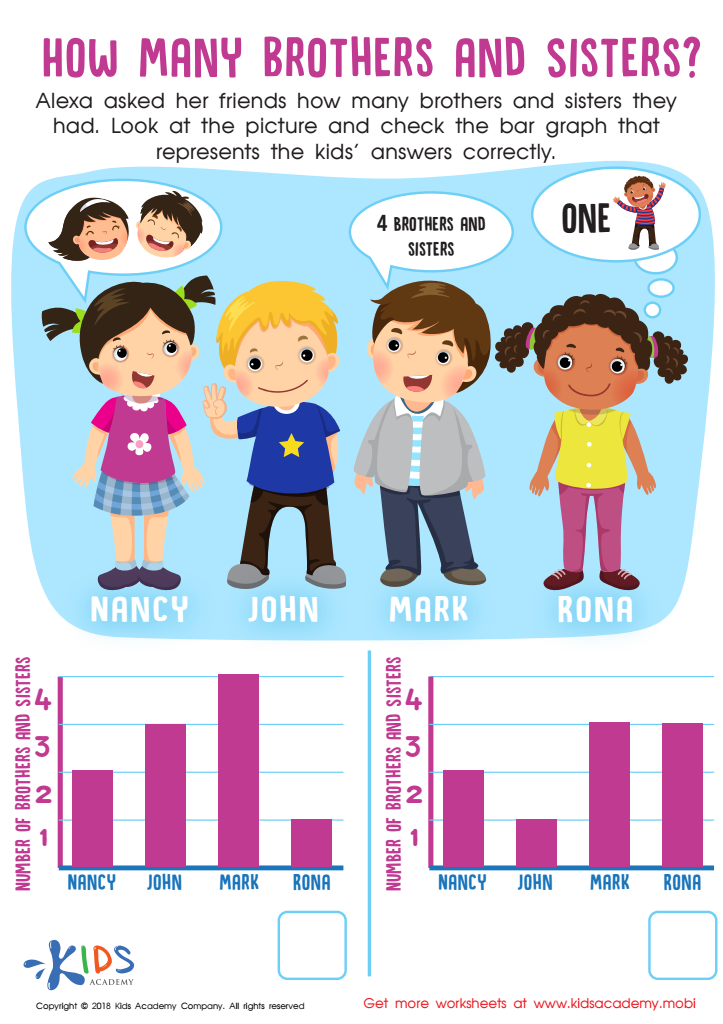

How Many Brothers and Sisters? Worksheet
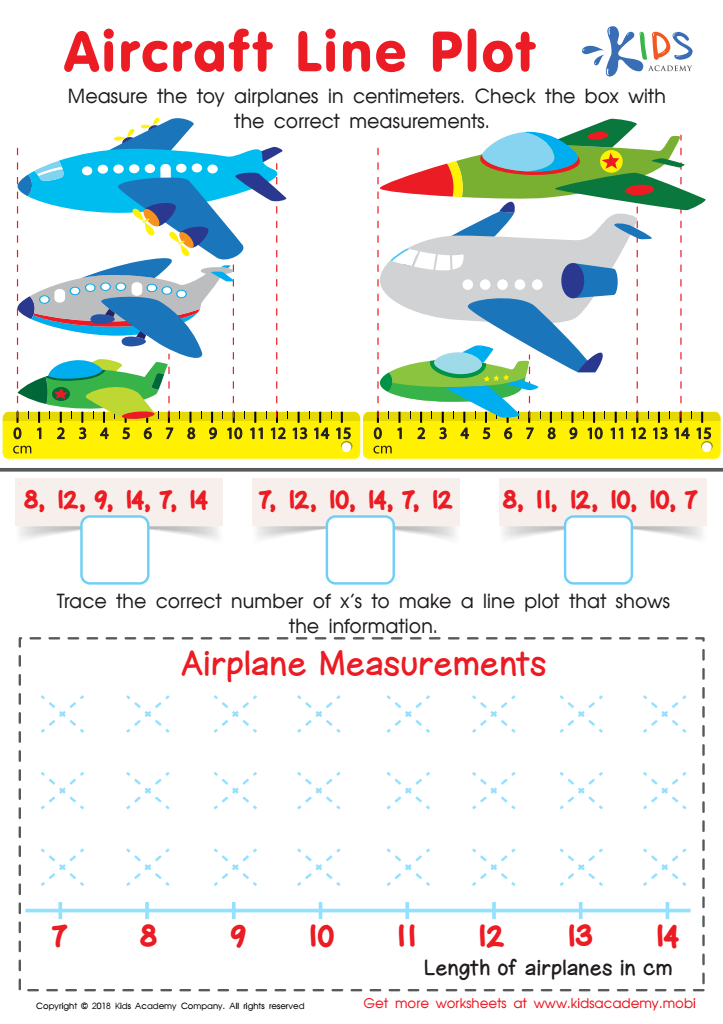

Aircraft Line Plot Worksheet
Counting skills and easy measurement are foundational to early childhood education, particularly for children aged 4–7. These skills not only facilitate basic arithmetic but also foster problem-solving, critical thinking, and spatial awareness. For parents and teachers, nurturing these skills helps children understand the world around them. From learning number recognition to grasping the concept of measurement, children begin to gain confidence in their mathematical abilities.
These skills are often integrated into everyday activities, making learning engaging and contextual. For instance, counting objects during playtime or measuring ingredients in simple cooking projects can enhance both cognitive development and practical life skills. Moreover, strong counting and measurement abilities serve as building blocks for more complex math concepts in later years.
Investing time in these areas also promotes teamwork and social interactions, as children often work in groups during hands-on activities. By prioritizing counting and measurement, parents and teachers empower children to develop a strong mathematical foundation, boosting their confidence and enthusiasm for learning. Ultimately, this investment lays the groundwork for future academic success and cultivates a lifelong appreciation for mathematics.
 Assign to My Students
Assign to My Students










